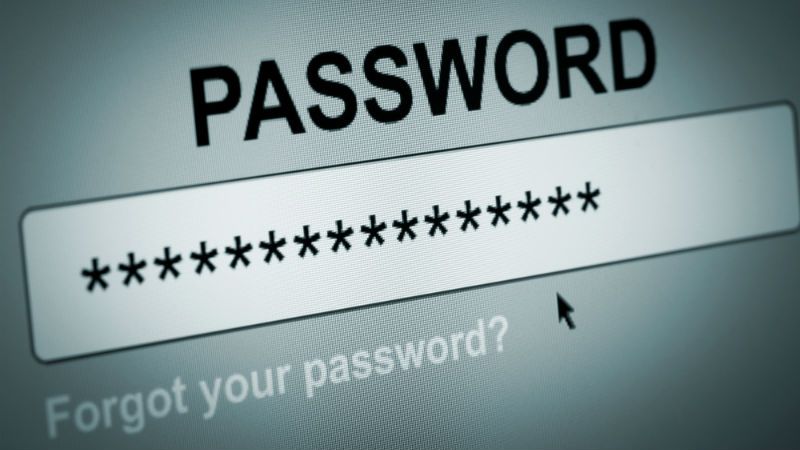
GDPR has established Europe as a leader in data protection, but citizens themselves don’t always embrace best practices for online security and privacy. The reason is somewhere between resistance to change, lethargy, and lack of knowledge.
We don’t offer our credit card information or medical history to a stranger on the street, so why do we regularly relinquish the rights to our personal data to third parties, saying, “do as you please!”?
Today, on 28 January, Data Protection Day, it’s time to take a hard look at what we give away online. Protecting your digital identity doesn’t have to be hard. A few simple adjustments can turn privacy into a habit, and shield you from the latest data breach.
1. Read before you consent
We want what we want, without much disturbance to our routine. But often the devil’s in the details. Check the permissions and settings enabled in the software you use, and adjust them as necessary before checking the consent box. Many social media apps and tools in particular tend to heavily track your behaviour. Use the desktop versions, and make sure you check the security settings on your browsers as well.
2. Consider upgrading to paid versions
Unless clearly stated, assume most free or ad-supported software collects personal data for marketing purposes. Technology companies often use this information to tailor experiences for their users. As a user, you must determine if free access to a software or app is a valid trade-off for your data. If you want to eliminate uncertainty, consider investing in the paid version, where you have greater control over privacy settings.
- VPN services will protect your privacy. Check some of the best VPN out there.
3. Manage your passwords
With an average of 130 accounts registered to one email, it’s not surprising that 73 percent of users have duplicate passwords. No one is able to remember this number of passwords, which is why the majority of people default to the one-password-for-every-service approach. Easier, but much more dangerous. One simple remedy is to use a password manager. These tools create, store, and automatically form-fill passwords for any site or app you use, and operate via a single master key. Do yourself a favour, and download one to get both security and convenience.
4. Change your passwords, or eliminate them completely
Once you have a password manager, it becomes infinitely easier to change your passwords on a regular basis. Avoid dictionary words, and use symbols, numbers, and mixed cases. Opt for services that use at least two-factor authentication (2FA), and look for businesses that do-away with passwords altogether using passwordless or biometric authentication. Best case scenario is a future of continuous authentication based on various data points under the hood: what’s the IP address? What’s the device? What time of day is it? What’s the user intent? If these factors match up, it becomes highly unlikely that the user isn’t who they say they are.
For anyone who uses the internet, uses social media sites, or even shops online, achieving “total privacy” might not be possible. But doing nothing is not an option. Regain control of your digital identity with these tips, and play a much more proactive role in keeping your data safe. Your future self will thank you for it.
- Steven Rees-Pullman is General Manager EMEA of Auth0
Be the first to comment